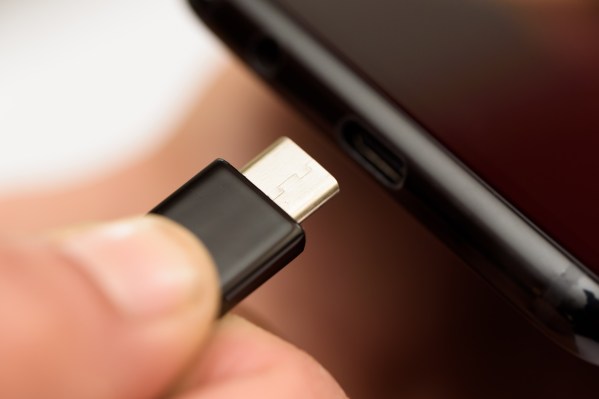European Union lawmakers have taken a step closer to agreeing rules to standardize how a range of mobile gadgetry is charged.
Today MEPs in the European Parliament’s internal market and consumer protection (IMCO) committee adopted their position on a Commission proposal announced last fall, ahead of a full vote by the parliament next month to confirm how it will negotiate with Member State governments on the detail of the legislation.
The Council adopted its position on the common charger proposal back in January.
The IMCO committee voted 43:2 in favor of a negotiation position that will push to standardize charger ports for a range of mobile devices on USB Type-C, including smartphones, tablets, handheld games consoles, e-readers, digital cameras, electronic toys and more — with MEPs voting to expand the original proposal to cover laptops, among other additional products.
The committee backed exemptions for devices when they are too small to house this type of port — such as smart watches, health trackers, and some sports equipment. Although larger devices in those categories would still be in scope under this amended version of the proposal.
MEPs also voted to press the Commission to address growing use of wireless charging — a development that could enable device makers to circumvent charger port rules — by presenting a strategy that allows for “minimum interoperability” of any new charging solutions by the end of 2026.
“The goal is to avoid a new fragmentation in the market, to continue to reduce environmental waste, ensure consumer convenience and avoid so-called “lock-in” effects created by proprietary charging solutions,” it said in a press release.
MEPs were also focused on labelling, saying they want to see clear information on new devices about charging options and whether a product includes a charger or not to support consumers in making more sustainable purchasing decisions to reduce the amount of new e-waste generated.
Parliamentarians have been pressing the bloc’s executive body to legislate to tackle e-waste for years. However the Commission preferred to pursue an approach of engaging with the industry to get to a common charger voluntarily.
And while there has been a reduction in proprietary chargers over the years there still isn’t a single charger that’s compatible with all in-scope devices. Hence the EU’s executive body finally came forward with a legislative proposal last year.
Commenting on the IMCO vote in a statement, rapporteur Alex Agius Saliba said: “With half a billion chargers for portable devices shipped in Europe each year, generating 11,000 to 13,000 tonnes of e-waste, a single charger for mobile phones and other small and medium electronic devices would benefit everyone. It will help the environment, further help the re-use of old electronics, save money, and reduce unnecessary costs and inconvenience for both businesses and consumers.
“We are proposing a truly comprehensive policy intervention, building on the Commission’s proposal by calling for the interoperability of wireless charging technologies by 2026 and improving information given to consumers with dedicated labels. We are also expanding the proposal’s scope by adding more products, such as laptops, that will need to comply with the new rules.”
